Energy recovery technology helps reduce the overall heating and cooling load on a building by utilizing already conditioned air from the space to help precondition the air coming into the building. In summer, hot humid air is precooled and dehumidified and in winter, it is preheated. Energy recovery is accomplished through total enthalpy energy wheels or cores, heat pipes, or coil loops.
ASHRAE Standard 90.1
Do you know when you are required to use energy recovery? ASHRAE (American Society of Heating, Refrigerating and Air-Conditioning Engineers) Standard 90.1 has been incorporated into the IECC (International Energy Conservation Code) and will guide you based on certain conditions as to whether energy recovery is required for your application. Over time, there have been different versions of ASHRAE 90.1 released and it is important to understand which version your project falls under, which is all dependent on the code adopted by the state, city, town, etc.
The image below shows a map of the United States that is color-coded to show which states have adopted which version of ASHRAE 90.1
ASHRAE 90.1 – 2007
The first standard introduced was ASHRAE 90.1-2007 which originated around 1999. This version consisted of a very simple requirement, which states that if your supply air is 5000 CFM or greater, and 70% or more of that is outside air, you need to use energy recovery. It also requires that your energy recovery system must be at least 50% effective or greater. This standard applies to all climates, so it does not take into consideration where an application is located.
ASHRAE 90.1 – 2010
In the 2010 version, ASHRAE incorporated a climate map, which consists of a moist, dry, and marine region, and it also included zones zero to eight. By using this climate map, you can determine your zone and region, and then based on the percentage of outside air in your system, you can determine whether you must use energy recovery. So, for example, Brucker is located in Chicago, which is going to be zone 5A. If I had a DOAS system which provides 100% outside air, I would see that I would be required to use energy recovery at a supply airflow rate greater than zero CFM. This standard also kept the requirement that your system must be at least 50% effective.
ASHRAE 90.1 – 2013
ASHRAE 90.1-2013 is going to be similar to the 2010 version, except now they split the tables up into two, based on the number of operating hours in the system. The top table is for applications that operate less than 8000 hours per year, so say an office building. The bottom table is going to be for applications that operate more than 8000 hours per year, so possibly a hospital. Anything above 8000 hours per year is basically running 24/7. Now, with these changes, they also reduced the percentages of outside air from 30 to 40% down to 10 to 20% and like other standards, they have retained the 50% minimum effectiveness requirement.
ASHRAE 90.1 – 2016/2019
The 2016 & 2019 versions are almost identical to the 2013 version, except for the fact that zone 0A and 0B were added, and then they also slightly increased 0 CFM requirements that were previously shown to a smaller, lower airflow. The reason that these values were increased is because previously, some residential applications were meeting the requirements to use energy recovery, so this helps them not fall within that requirement. The 2016/2019 versions also continue to keep the 50% minimum effectiveness requirement.
Exceptions!
Although you may be required to use energy recovery per the ASHRAE Standard 90.1 guidelines discussed, some applications should NOT use energy recovery! Lab exhaust or processed makeup air is exempt from using energy recovery because of the concern for cross-leakage or carry over from bad gases or chemicals. The people in this space need to be safe, so those contaminants should not re-enter the supply air stream. Kitchen exhaust is exempt from using energy recovery, because in the kitchen, you have hot return air, and you really would not benefit from energy recovery in the summertime. Kitchen exhaust also has a lot of grease coming back into the return, which could damage and clog the energy wheel. The final two applications that are exempt from using energy recovery are going to be systems operating less than 20 hours per week and spaces heated to less than 60 degrees. In these applications, you really don’t benefit from using energy recovery, because that unit would not be either running long enough or have the return air temperature required to precondition the incoming air.
Enthalpy Recovery Ratio

When you are looking to comply with ASHRAE 90.1’s minimum 50% effectiveness value, you need to look at the enthalpy recovery ratio (ERR). Enthalpy recovery ratio used to be known as total effectiveness but was later changed to enthalpy recovery ratio or ERR in ASHRAE 90.1-2013. Enthalpy is the sum of the internal energy and the product of the pressure and volume of a thermodynamic system. In basic terms, we are looking to see how effective the unit is at transferring heat and moisture. The ERR is calculated by taking the difference in the outdoor air and supply air enthalpies and dividing that value by the difference in that outdoor air and return enthalpies. Enthalpy values will be provided in Greenheck submittals and with other manufacturers, these values should be provided, but if not, they can be calculated from a psychrometric chart based on other air properties published. When you do this calculation, this is the ASHRAE 90.1 value that we are looking for to ensure that we are at 50% minimum or greater.
Energy Recovery Technology
To meet the ASHRAE 90.1 enthalpy recovery ratio requirement of 50% minimum, you want to use a total enthalpy energy wheel or core to comply.
Total energy wheels are manufactured out of an aluminum or polymer material. When comparing the construction of an aluminum wheel to a polymer wheel, there are noticeable differences. An aluminum wheel is manufactured out of all-aluminum which is normally one solid piece while the polymer wheel has a plastic-like media that is segmented for maintenance purposes. Aluminum has a faster rate of heat transfer than the polymer material so to capture that heat, the aluminum wheel must be thicker so it can range from 4 to 12 inches thick compared to the polymer material which ranges from 1.5 to 3 inches thick. Both wheels transfer sensible and latent energy but the way that the latent energy is transferred is different between the wheel types. The aluminum wheel has a molecular sieve which is a topical, sprayed on application. Over time, that molecular sieve can wear off, especially during cleaning, so there is the potential for a latent effectiveness reduction. The polymer wheel has a silica gel desiccant which is mechanically bonded to the polymer material. Unlike the molecular sieve, this will not wear away over time, and you will retain your latent effectiveness. Both the aluminum and polymer wheels should last 15+ years as long as they are properly maintained. This means that there must be proper filter maintenance and the wheels must be cleaned. Since an aluminum wheel is more robust in construction, that wheel can be cleaned with a pressure washer and non-corrosive detergent. A polymer wheel must be cleaned with low pressure tap water and a non-corrosive detergent. Depending on the application, cleaning frequency could very but a clean air application like an office building should be cleaned every 3-5 years as opposed to say a cigar lounge which should be cleaned every 3-4 months. Both wheels are similar in effectiveness ranging from 70 to 80 percent and both have an exhaust air transfer ratio or cross leakage percentage of 3 to 5 percent.
Total energy cores are manufactured out of a fiber or polymer material. The fiber core is a paper like material that transfers both sensible and latent energy. The paper material itself is comprised of a patented formula that allows that heat and moisture to transfer through the material. The polymer core is made of polymer sheets and corrugated aluminum. Like the energy wheels, these cores should last 15+ years if they are properly maintained through filter maintenance and cleaning. Since the fiber core is like paper, you do not want to get it wet, therefore it must be vacuum cleaned only. You will only want to vacuum the surfaces and you do not want to use a blow gun because it will blow the dirt deeper into the core and clog it. The polymer core can be washed in a soft detergent bath with non-corrosive detergent. When comparing effectiveness, fiber cores range from 50 to 60% effective while polymer cores are slightly higher effectiveness ranging from 55 to 65%. Both cores will have an exhaust air transfer ratio or cross leakage percentage of 0 to 1%.
Energy Recovery Equipment
When looking for the right energy recovery equipment, you can look to Greenheck & Brucker to provide the best fit product for your application. Greenheck “preconditioners” aka energy recovery ventilators (ERVs) are standalone pieces of equipment without heating or cooling. These products are installed upstream of a rooftop unit or air handler and provide preconditioned air to the space. Greenheck offers commercial & residential style ERVs covering a wide range of airflow capacities.
Greenheck DOAS (Dedicated Outdoor Air Systems) are rooftop units that incorporates energy recovery as well as heating or cooling. Model RVE provides energy recovery through a total enthalpy wheel and model RVC provides energy recovery through a total enthalpy core. DOAS equipment handles the latent load on the building, while a secondary unit handles the sensible load.
Contact your local Brucker rep to learn more about selecting the right energy recovery equipment for your next project!
References:
- ASHRAE Climate Zone Map. (n.d.). Retrieved September 27, 2022, from http://www.iaqsource.com/article.php/ashrae-climate-zone-map/?id=194
- https://greenheck-cms-prod.azureedge.net/atg-cms-prod/docs/default-source/pdf-downloads/application-articles/era116-16_ashrae-90-1.pdf?sfvrsn=89d43513_14. (2016). ASHRAE 90.1-2007 to 2010 to 2013: Changes in Air-To-Air Energy Recovery Requirements and the International Energy Conservation Code (IECC). Product Application Guide. Retrieved September 27, 2022.
- Status of State Energy Code Adoption – Commercial. Building Energy Codes Program. (n.d.). Retrieved September 27, 2022, from https://www.energycodes.gov/status/commercial

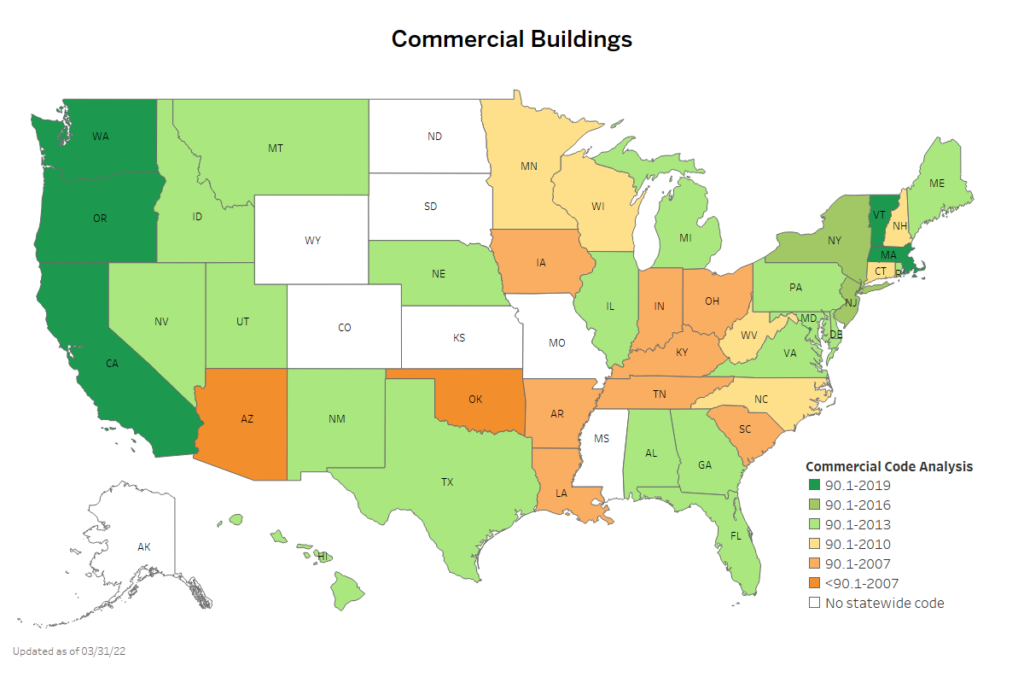
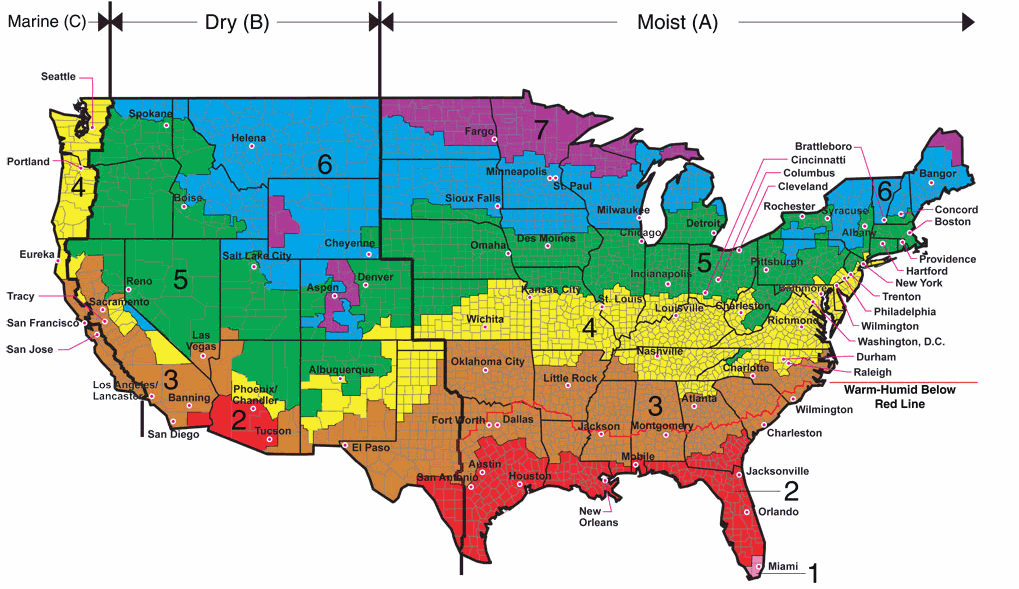

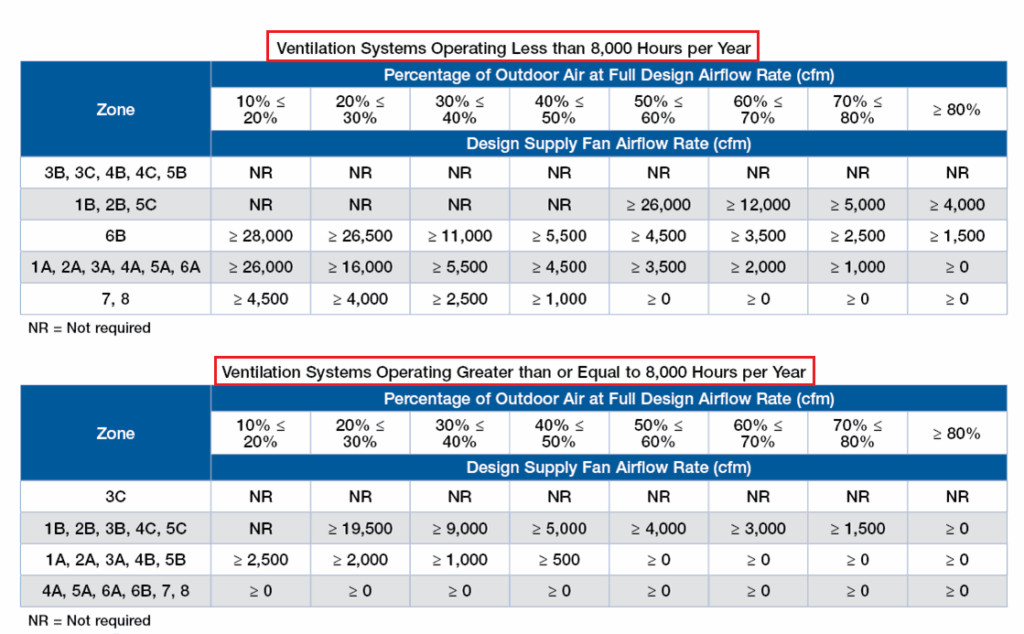
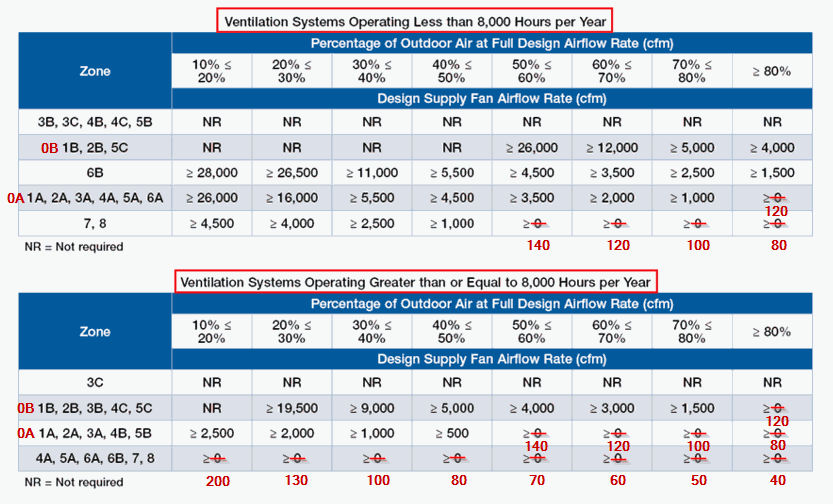
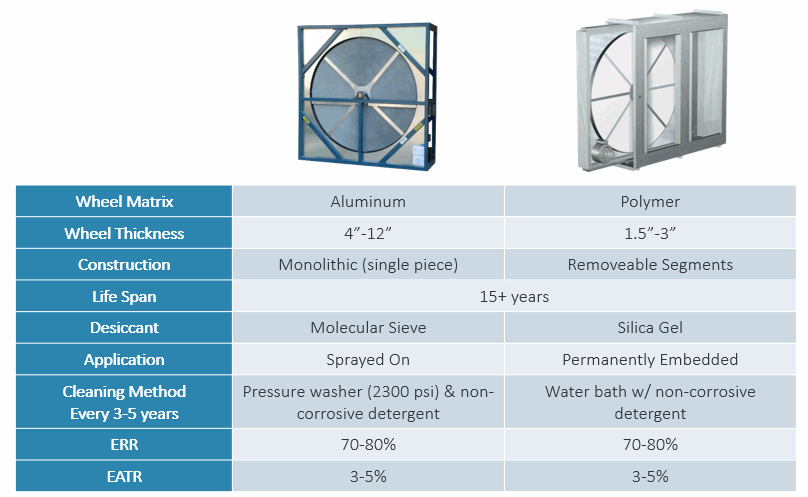
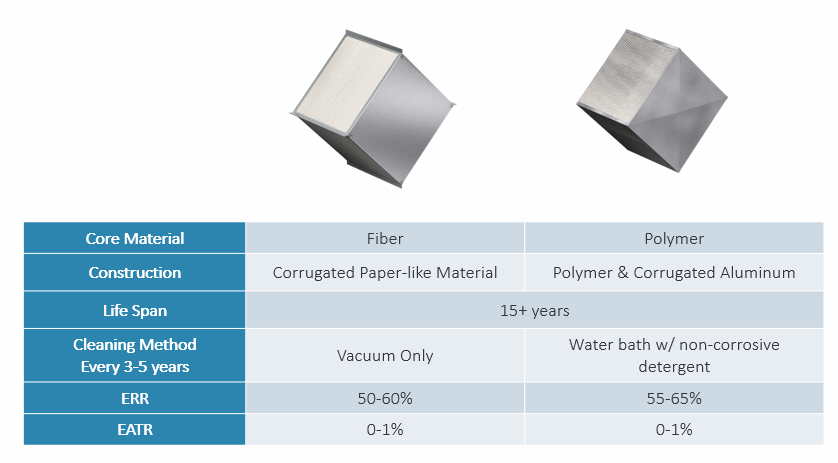
Recent Comments